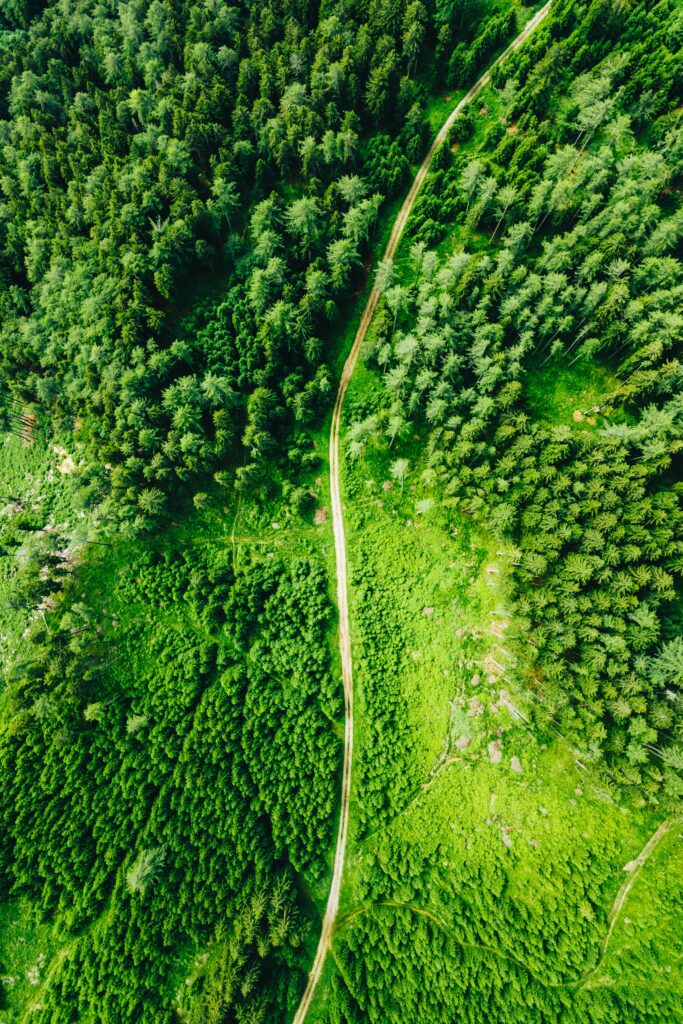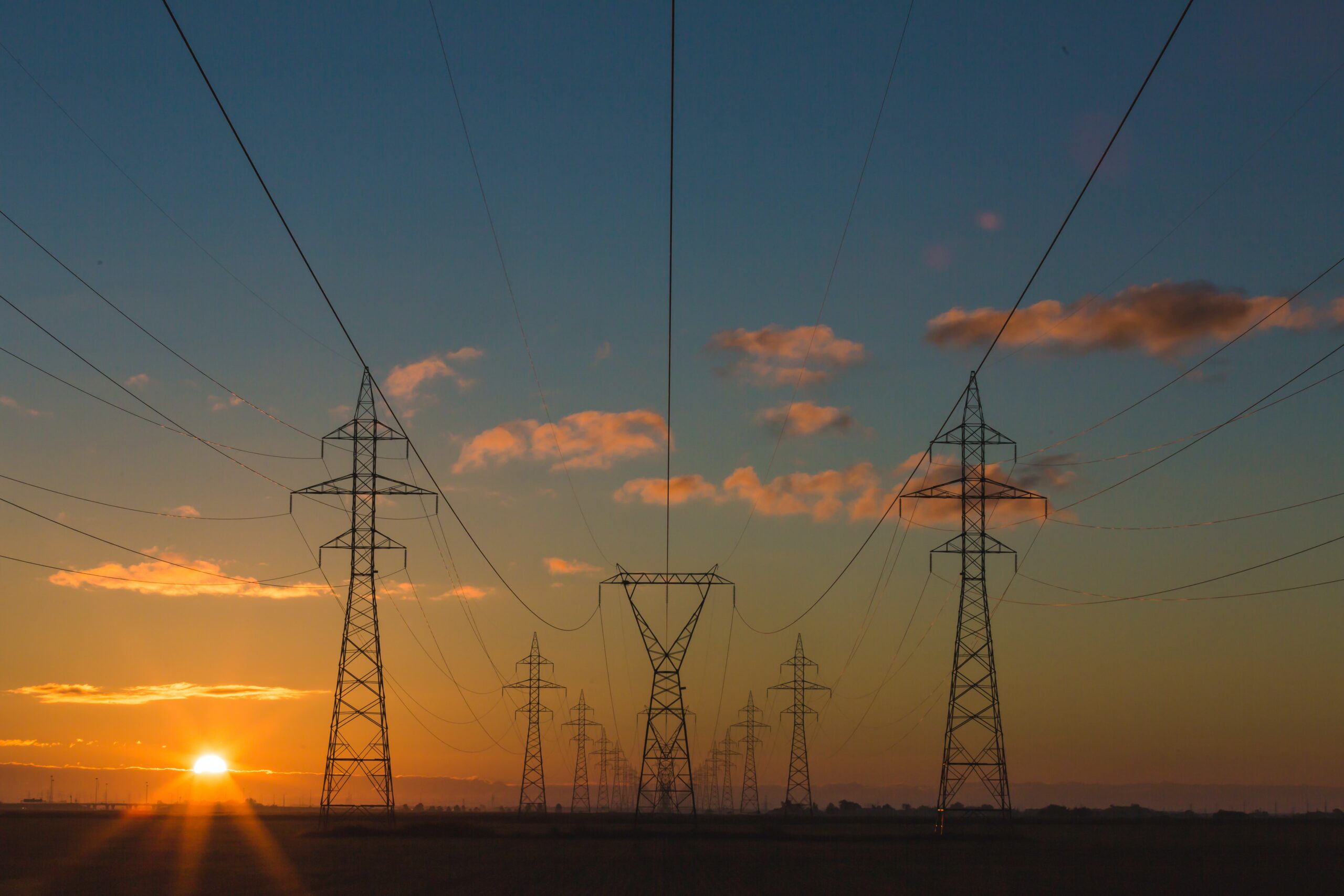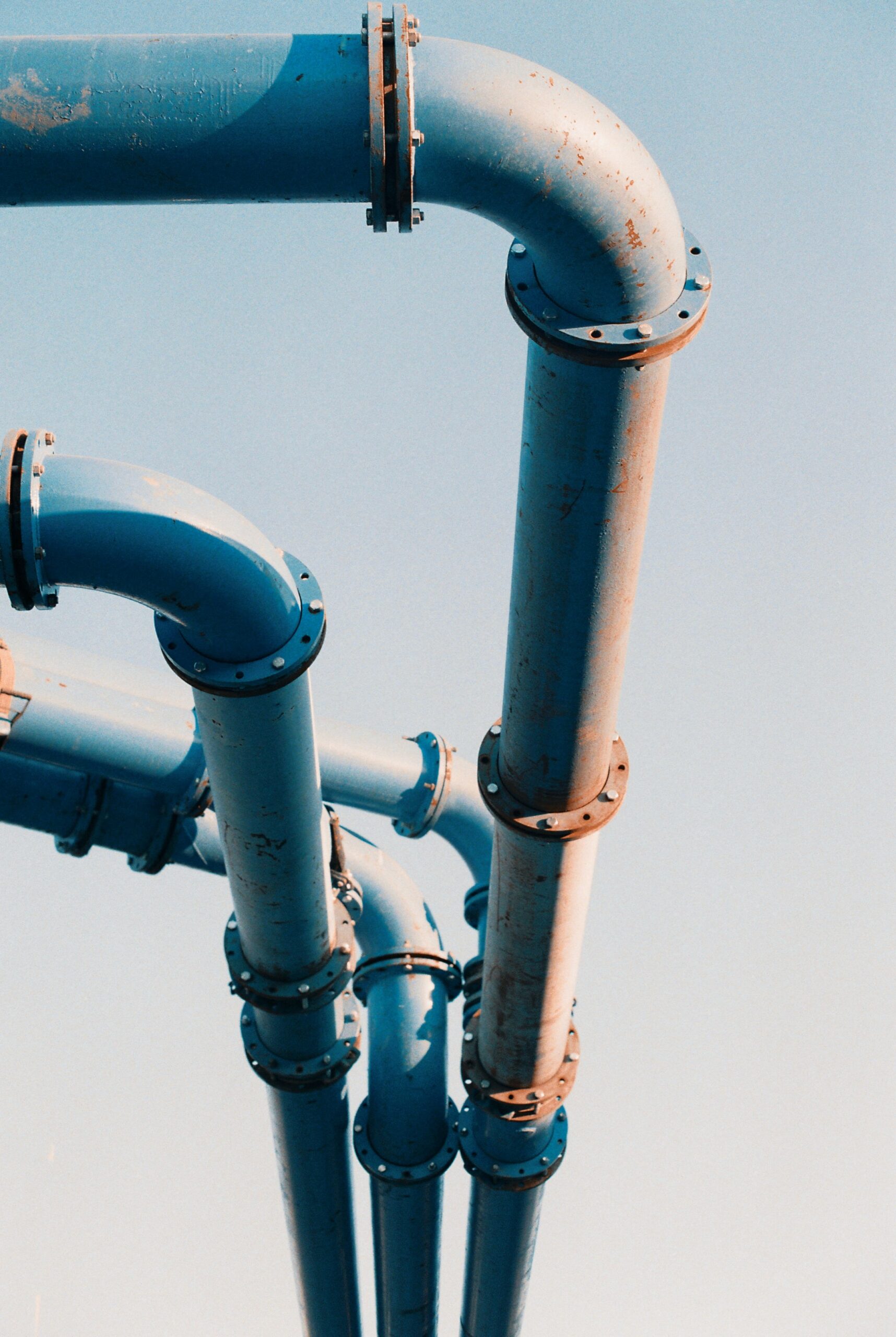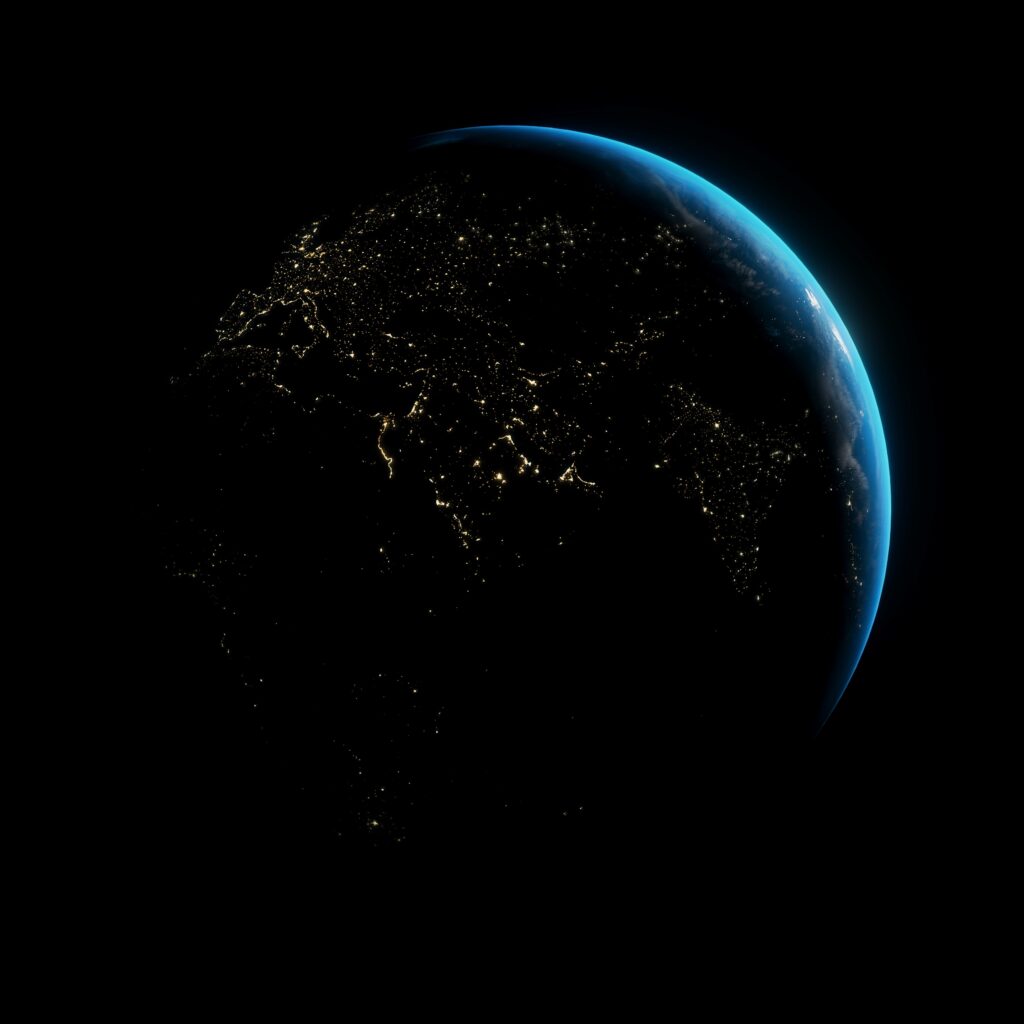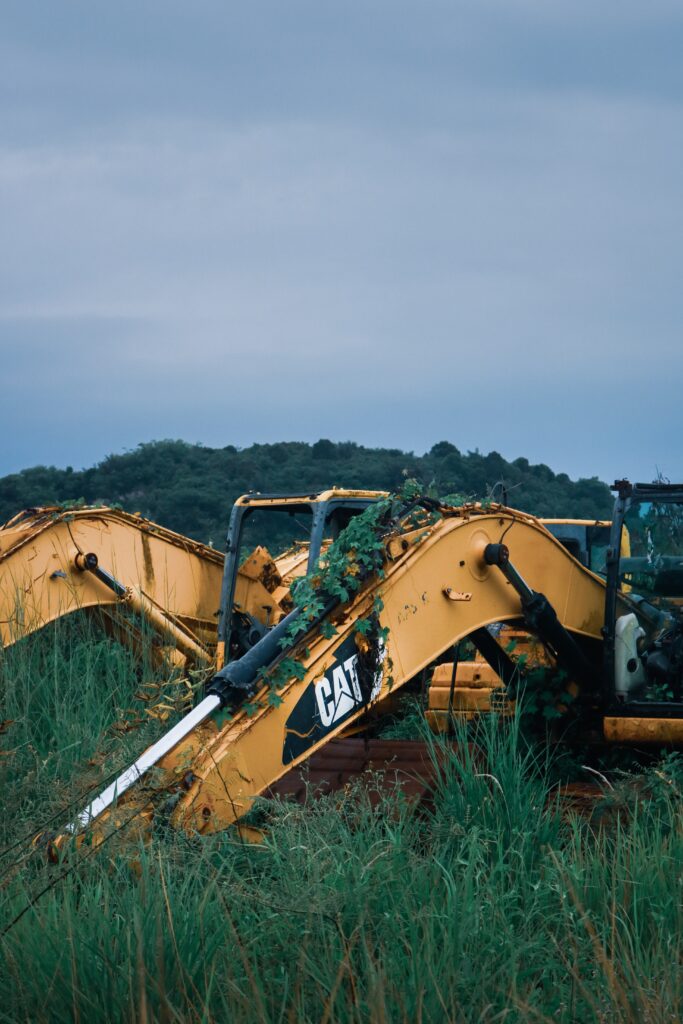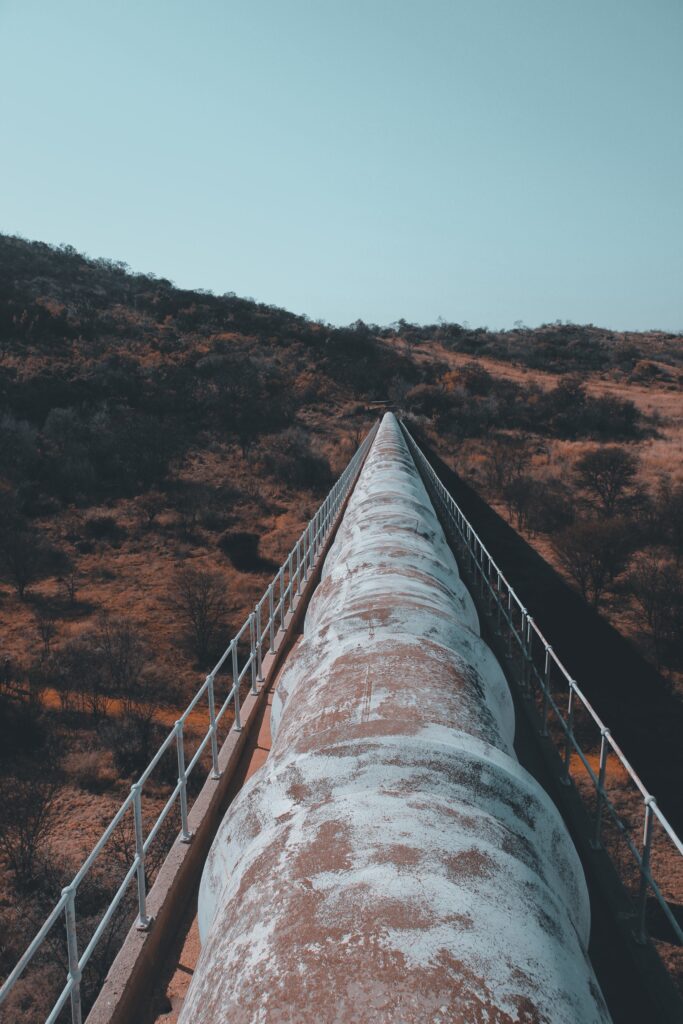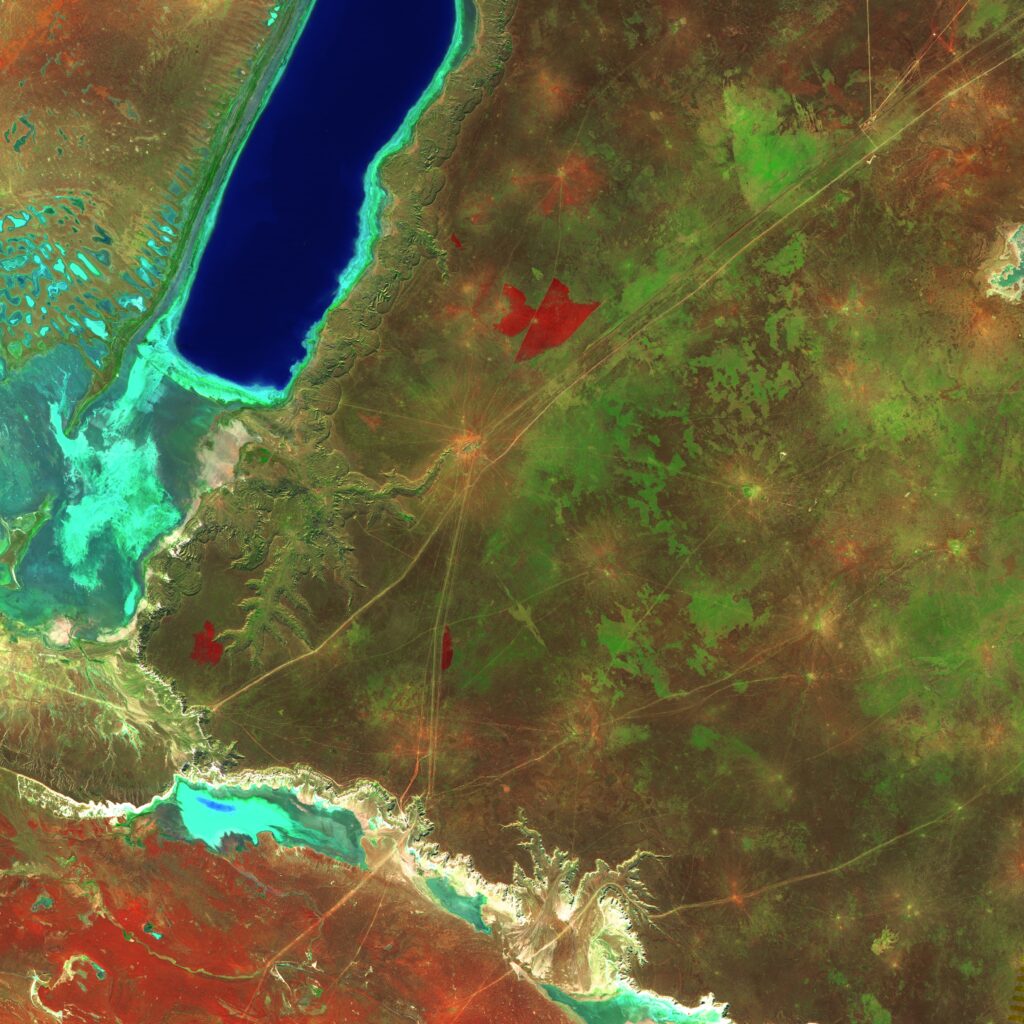The encroachment of vegetation on right-of-way corridors is a big problem. If trees or huge shrubs block vistas, crews doing a foot patrol or aerial inspection of pipelines will be unable to accomplish their job correctly. Trees colliding with electricity lines can create power outages for electric providers.
That’s what happened in northeast Ohio in August 2003. After an alarm system in Akron failed, system disruptions swiftly extended across the United States and Canada, leaving more than 50 million people without power. The blackout was the largest in North American history, costing an estimated $6 billion.
The North American Electric Reliability Corporation (NERC) imposed harsher requirements for utilities as a result of the 2003 Northeast Blackout. The regulations mandated that utilities cut trees from power line routes, with fines of up to $1 million per day for violations.
Despite the industry’s adoption of more severe vegetation management procedures, events still happen, and the results are devastating.
A fire in Northern California, for example, raged through more than 88 square miles in September 2020, killing four people. According to state authorities, the fire started when a pine tree fell on an electric distribution line.
